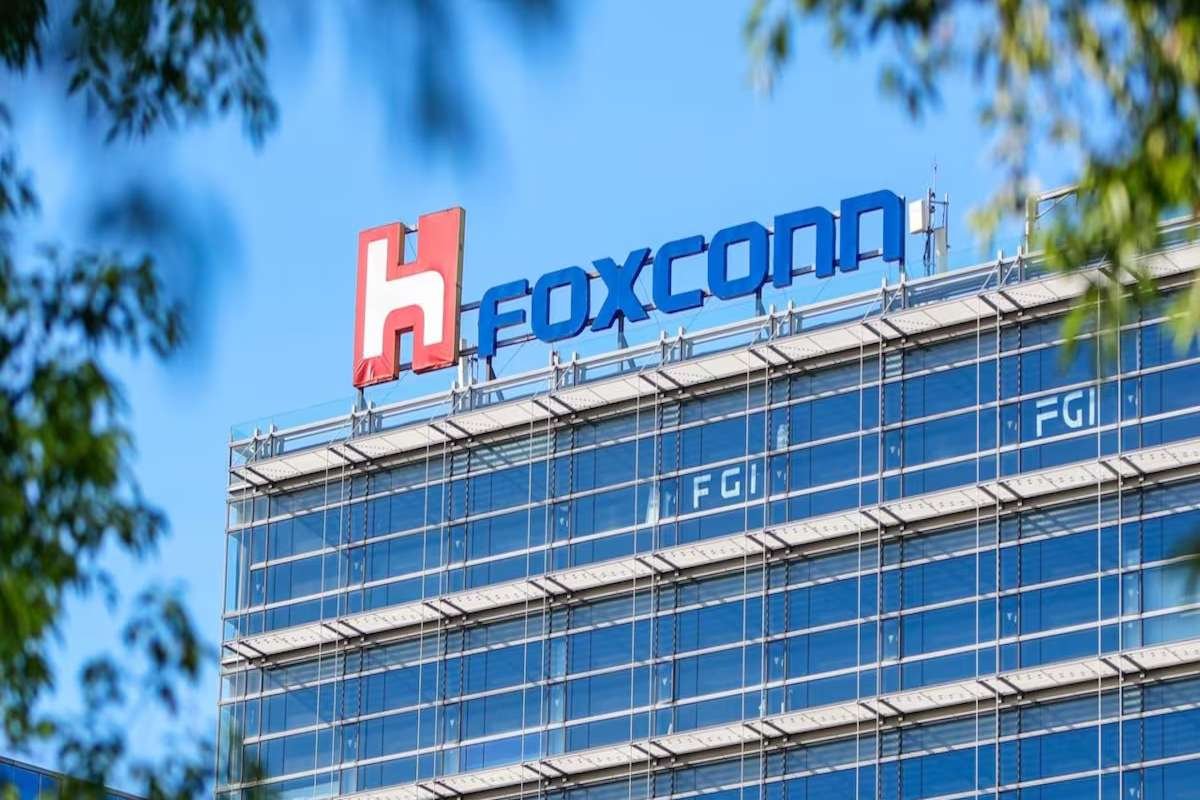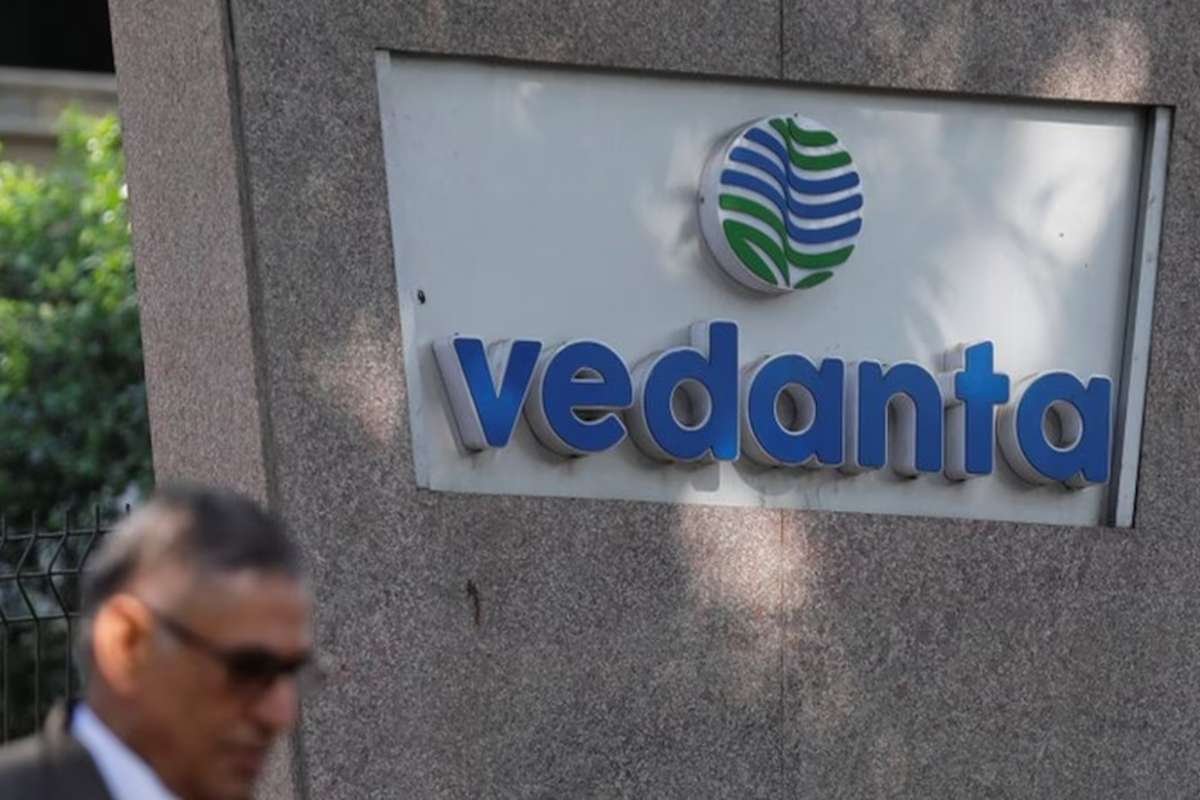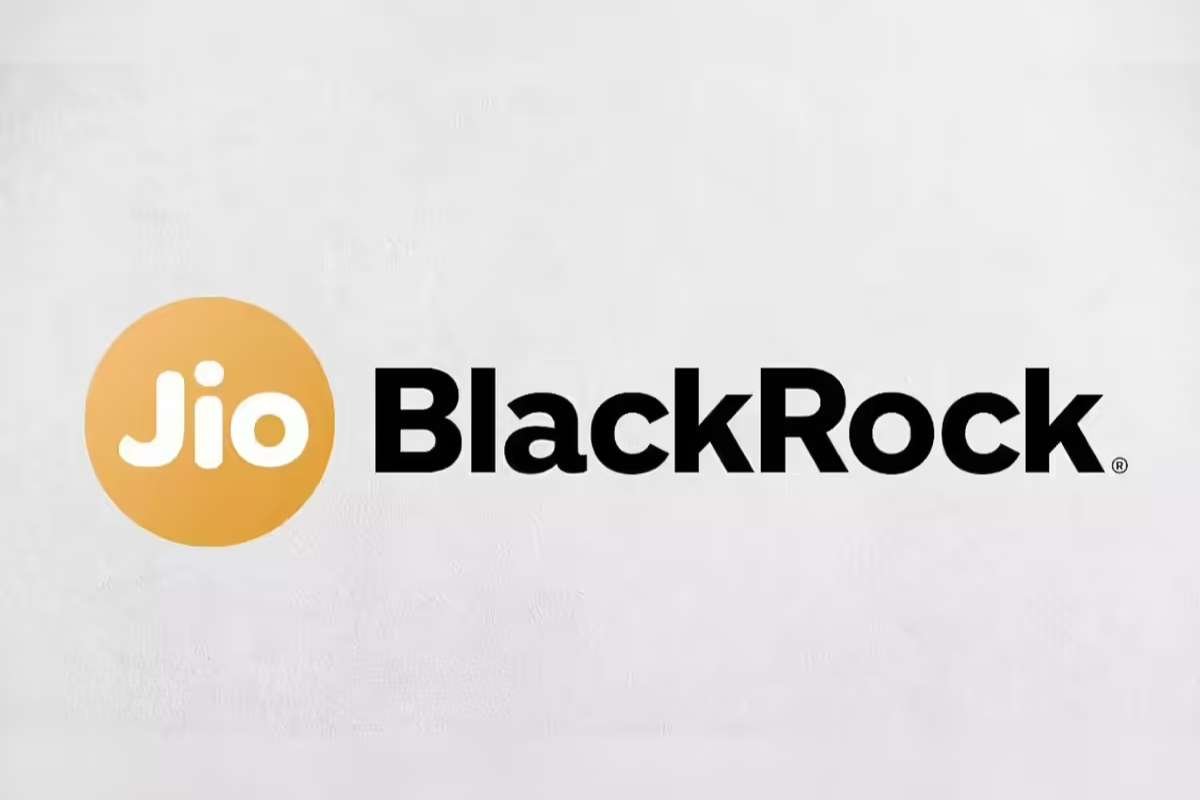India’s economic prospects are facing increasing challenges as global conditions worsen and domestic confidence falters, threatening the nation’s impressive growth momentum. After posting world-leading growth last year, the government now forecasts a slowdown, with the economy expected to grow by just 6.4% in the fiscal year ending in March. This marks the slowest pace in four years, falling short of initial expectations. The downgrade follows disappointing economic indicators and a decline in corporate earnings, raising concerns over the country’s ability to meet Prime Minister Narendra Modi’s ambitious growth targets.
Economic Strain and Policby Responses
India’s economic slowdown is driven by weaker investment and manufacturing, factors that have dragged down investor confidence and dampened stock market performance. Between late September and November, the Nifty 50 index dropped by 12%, although it managed to recover by the end of the year, finishing 2024 with an 8.7% gain. Still, this is far below the previous year’s 20% surge. As domestic demand weakens, policymakers are exploring ways to stimulate growth. Finance Minister Nirmala Sitharaman has held meetings with businesses and economists to discuss measures, including reducing taxes and tariffs, to boost consumer spending.
Calls for monetary easing are growing as experts urge the government to relax fiscal tightening and cut interest rates to revive economic sentiment. Madhavi Arora, chief economist at Emkay Global Financial Services, emphasized the need to boost both consumption and investment to revitalize growth. However, experts caution that such measures may not be sufficient unless employment and wage growth improve to support sustained consumer demand.
Monetary Policy Shifts and Global Trade Challenges
In response to the India’s economic slowdown, Prime Minister Modi has made significant changes, including the surprise appointment of Sanjay Malhotra as the new central bank governor. Malhotra’s appointment comes after disappointing GDP growth figures, signaling a shift toward prioritizing higher economic growth over price stability. Modi’s government, which previously focused on infrastructure spending and fiscal restraint during the pandemic, now faces the challenge of balancing growth with long-term fiscal health.
Trade relations are also a key concern, especially as U.S. President Donald Trump’s potential second term raises the specter of more tariff wars. India’s trade profile could benefit if Trump targets China with tariffs, but the country will need to make its exports more competitive, potentially by allowing the rupee to weaken further. With the rupee already hitting new lows and facing its seventh consecutive year of decline, economists argue that India must implement tariff rationalization and develop a proactive trade strategy to mitigate risks from changing global trade policies.
As India navigates these turbulent economic waters, experts stress the importance of strategic fiscal and trade adjustments to ensure sustainable growth. While the country remains a bright spot in a challenging global economy, its ability to maintain robust growth will depend on the government’s actions in the coming months.







